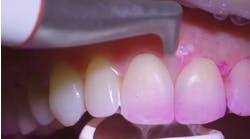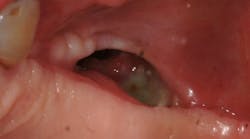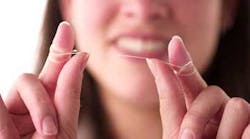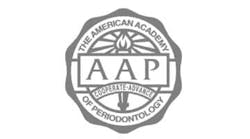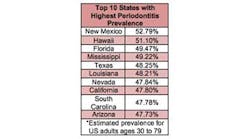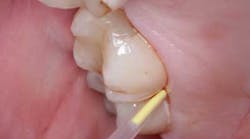In light of last week’s announcement of the first documented patient-to-patient transmission of hepatitis C virus (HCV) in a dental practice, the Organization for Safety, Asepsis and Prevention (OSAP) is offering some members-only resources to the broader dental community to help support compliance efforts for safe infection prevention practices.
The HCV case stems from the public health investigation of a Tulsa, Oklahoma oral surgical clinic in which current and former patients of the practice may have been exposed to bloodborne viruses. The Oklahoma State Department of Health and Tulsa Health Department released an interim status report on September 18 on the results of their public health investigation.
“This is the first documented report of patient-to-patient transmission of hepatitis C virus associated with a dental setting in the United States,” said Dr. Kristy Bradley, Oklahoma State Epidemiologist. Dr. Bradley spoke at OSAP’s 2013 Infection Prevention Symposium in June. “While dental procedures are generally safe, this reinforces the importance of adhering to strict infection control procedures in dental settings.”
With the amount of media coverage this case is receiving, OSAP believes the time is right for the dental team to have a conversation about infection control and bloodborne pathogens, especially hepatitis C. OSAP has developed a free downloadable hepatitis C toolkit featuring relevant regulations and guidelines, best practices, instructional resources and patient resources available to its members. It can now be accessed by every dental professional here.
Also available are videos in English and Spanish, fact sheets, online training and many other resources.
A summary of Dr. Bradley’s June lecture describing the investigative process in this case that includes key takeaways, implementation steps and hyperlinked resources can be found on pages 2-3 of the 2013 OSAP Symposium Proceedings, available here.
The Oklahoma State Department of Health’s announcement can be found here.
Additional resources are available through OSAP’s website, the Centers for Disease Control and Prevention (CDC), and the American Dental Association (ADA).
_________________________________________________________________________________________________________
Related article on SurgicalRestorative
__________________________________________________________________________________________________________

